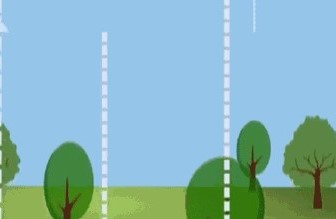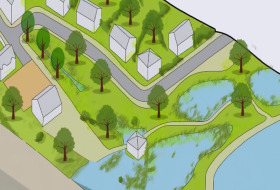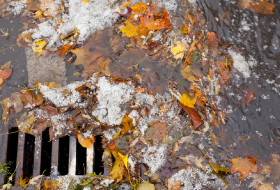The following additional fees and information will be applicable where larger developments required SuDS Adoption, for example, a SuDS Adoption Agreement Document.
Please refer to section 11 of the SuDS Full Application Form for guidance and the following guide - SAB Adoption Workflow
Inspection Fees:
If your application is approved, there will normally be a minimum of one site inspection and associated fee of £168. You will receive an invoice for this along with your SAB consent.
If you have a large site, or a site where the drainage is being adopted by the SAB, then multiple inspections will be conditioned. This will be done, in consultation with you, the applicant or agent, and will be charged at £168 per inspection. These inspections will ensure compliance with the approved consent.
These fees are based upon The Flood and Water Management Act 2010, Schedule 3, The Sustainable Drainage (Application for Approval Fees)(Wales) Regulations 2018.
Temporary Bond:
Approved applications could also incur additional fees or insurance provision for temporary bonds that may be required to secure the construction work for the drainage system. These costs vary dependent on the nature and scale of the work. You will be made aware of the requirements as part of the approval process and are predominantly associated with large developments.
Temporary bond fees or amounts are based upon the estimated capital cost of completing all the SuDS Infrastructure elements of the development.
Commuted Sums:
If you have a large site, or a site where the drainage is being adopted by the SAB, then a commuted sum will be conditioned as part of the SAB consent and will form part of a formal SuDS Adoption Agreement for the development. The sum ensures that future funding for maintenance or replacement of SuDS infrastructure items being adapted by the SAB are in place.
Securing a sustainable funding mechanism for the lifetime of development is a key objective of the SuDS Approving Body (SAB). The SAB has a responsibility for the management and maintenance of SuDS assets after they have been adopted. Therefore, commuted sums aims to ensure that the SAB has the resources to cover the upkeep and (where appropriate) the replacement of the assets they have adopted. The effectiveness of SuDS and the associated multiple benefits will rely on appropriate maintenance.
In order to ensure consistency throughout Wales, the use of the industry standard guidance “Commuted Sums for Maintaining Infrastructure Assets” prepared by the CSS (County Surveyors Society), is to be used, to calculate commuted sums for all drainage assets being adopted by the SAB, whether that be through a S38 agreement or a bespoke legal agreement for the life of the developments (60-120 years).
The calculation of a commuted sum includes consideration of:
- The estimated periodic maintenance cost of the asset to the adopted e.g. every six months. The SuDs manual provides useful information on this element.
- Its future cost of renewal or replacement (e.g. permeable paving has design life of 20 years, over the lifetime of the development this could lead to 3 replacements).
- The duration over which the sum is required. The Association of Directors of Planning and Transport recommends commuted sums for structures should be calculated to cover a 120-year period and that the period for other items should be 60 years (basically the whole life of the development).
- The effective annual interest rate that will provide a return on the sum invested prior to its expenditure after the effects of inflation have been taken into account (called the discount rate approx. 2.2%).
The use of the CSS guidance is recommended to provide a common understanding for developers and the SAB.








